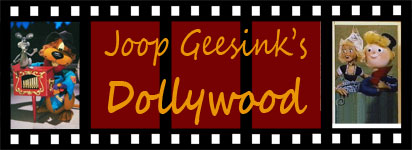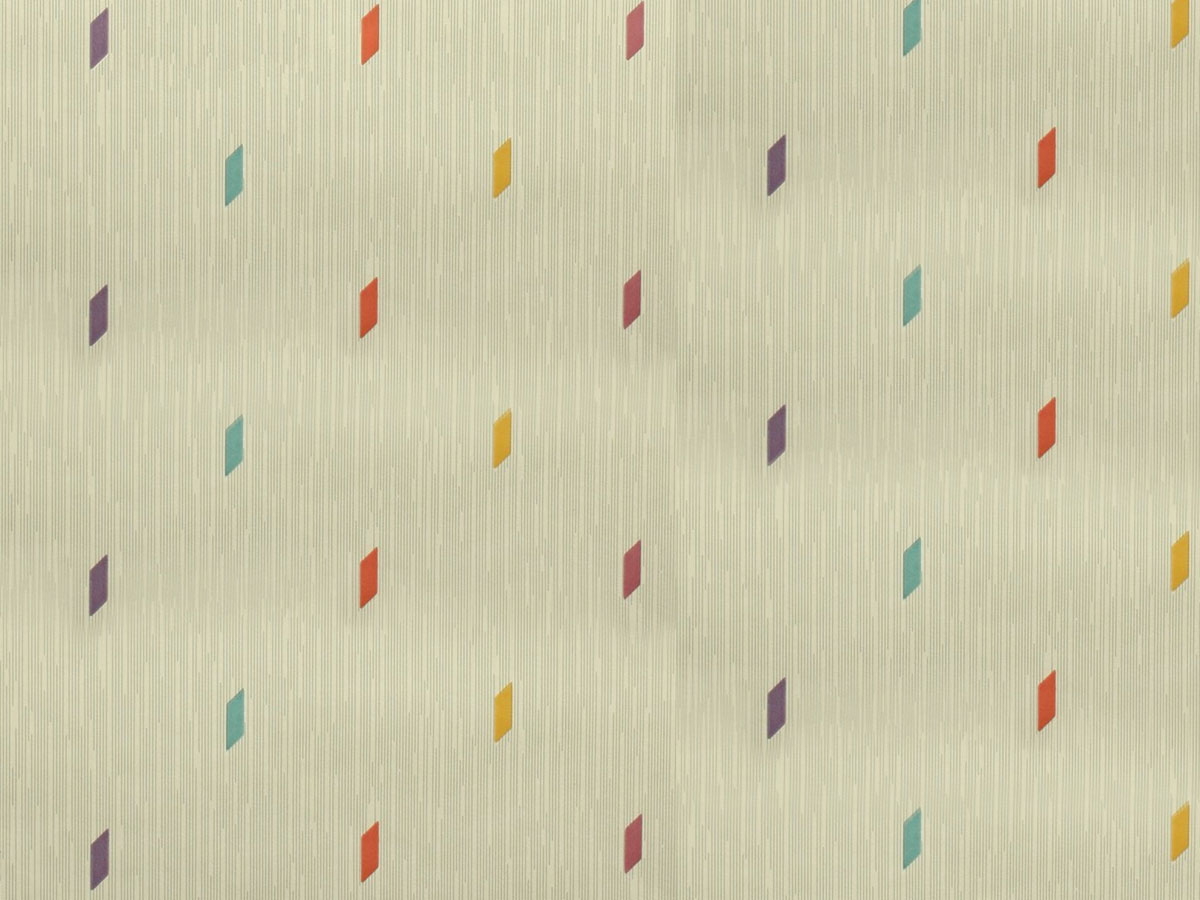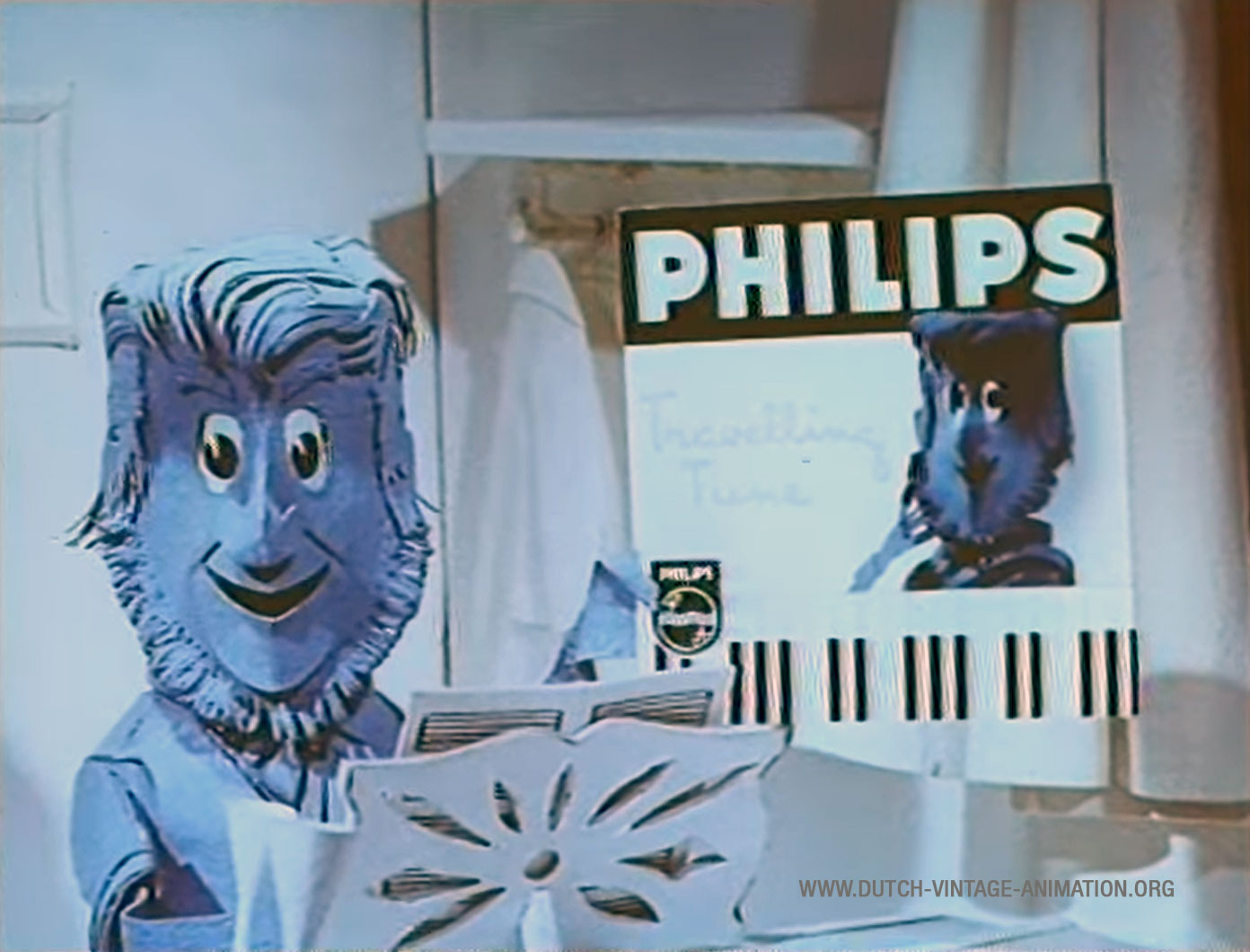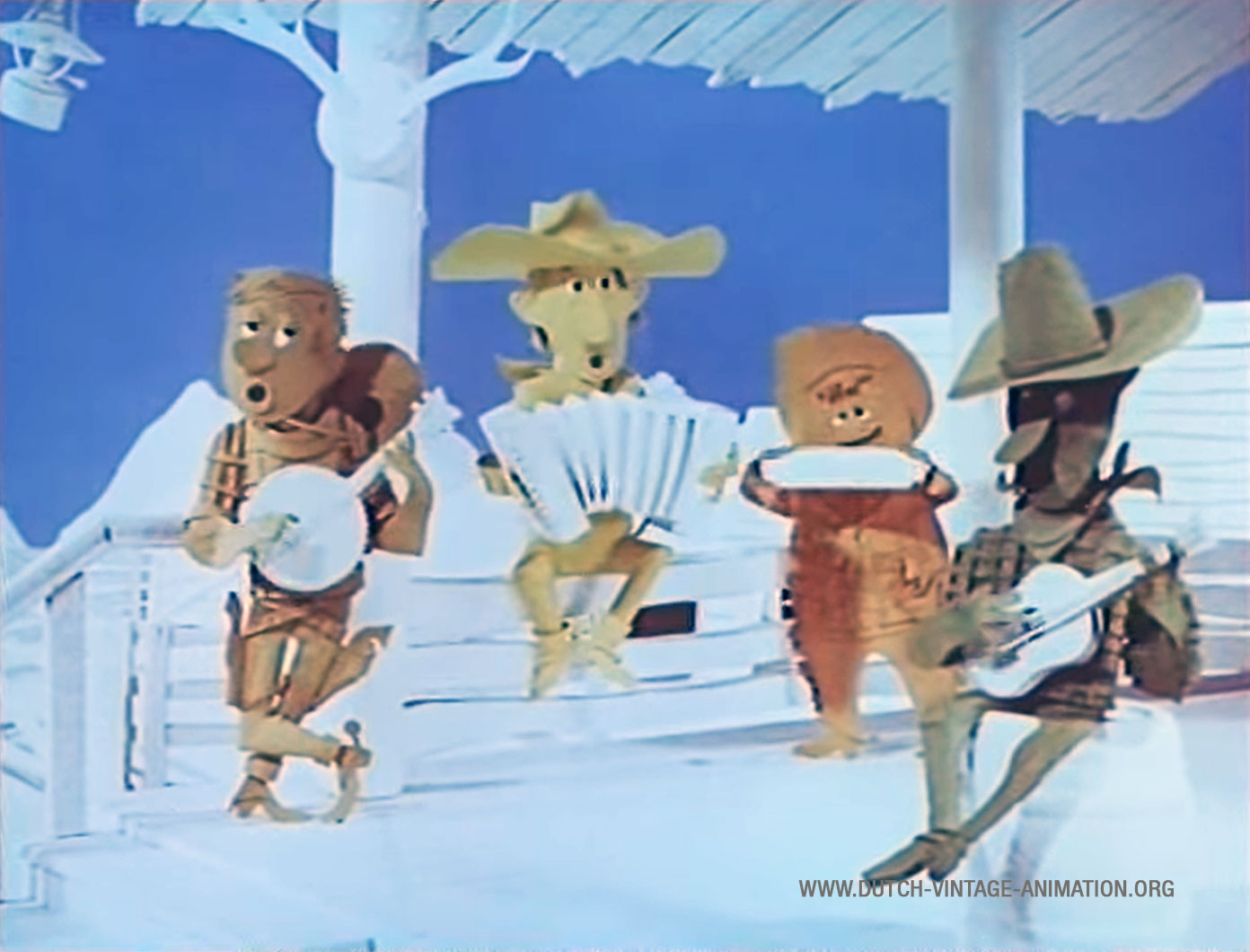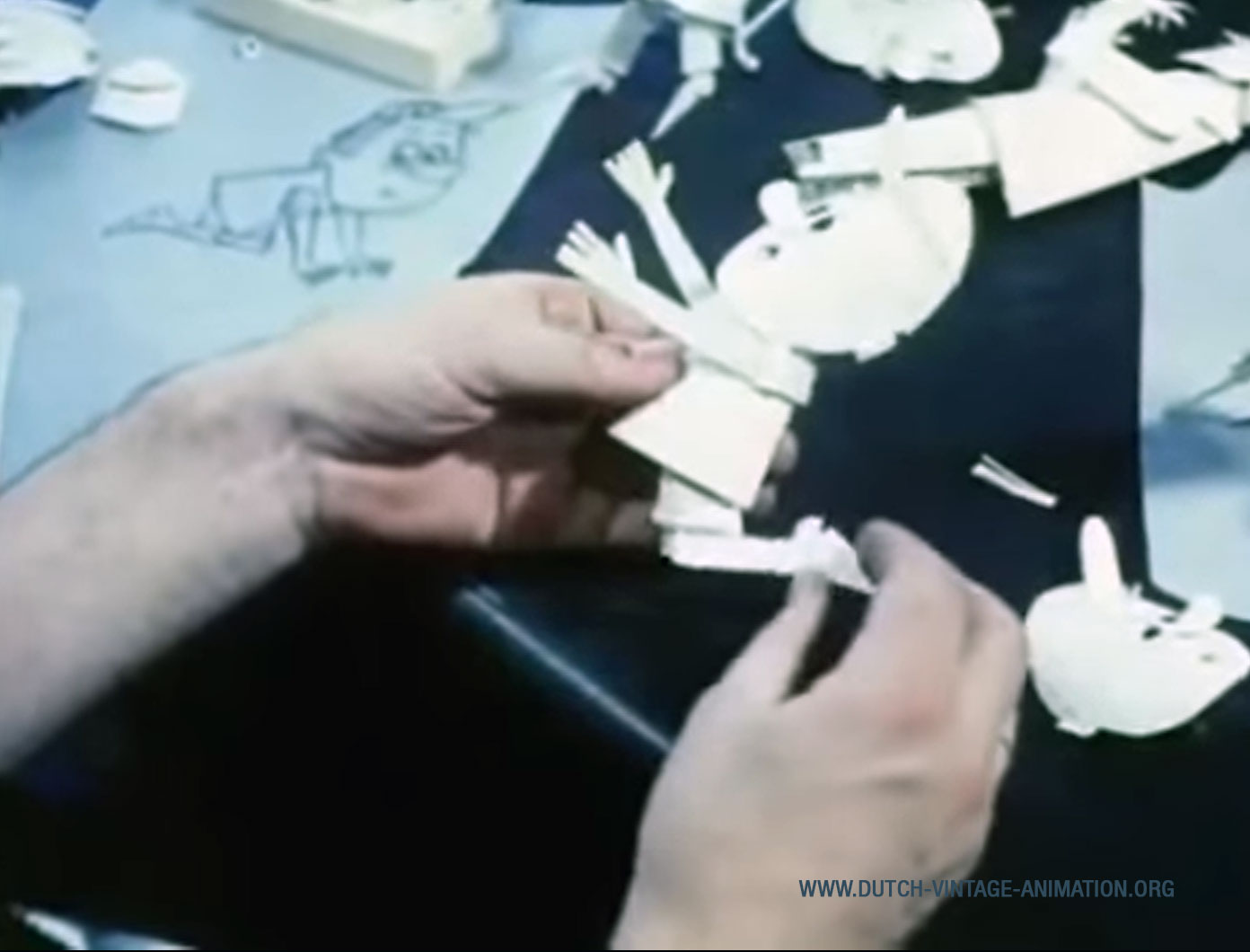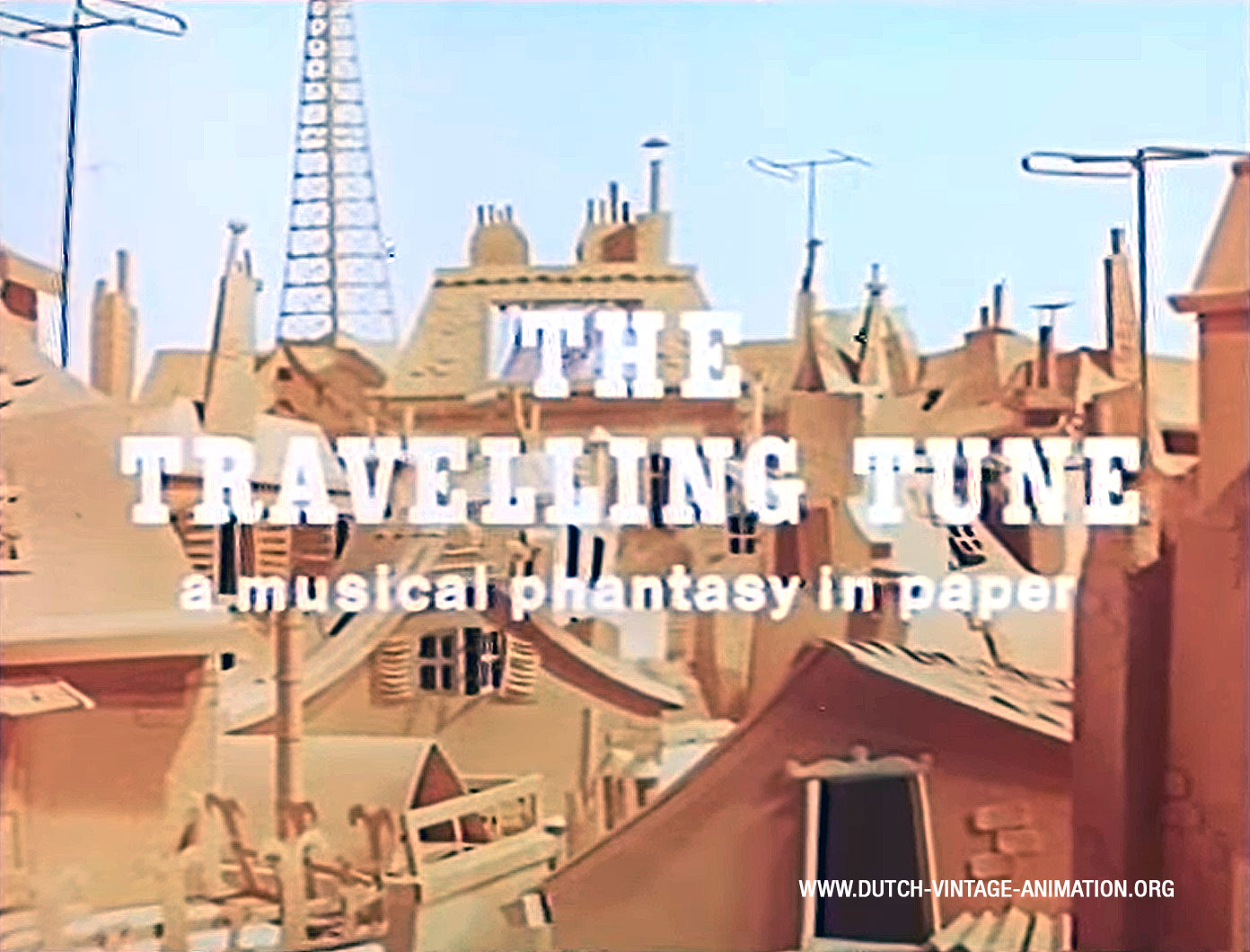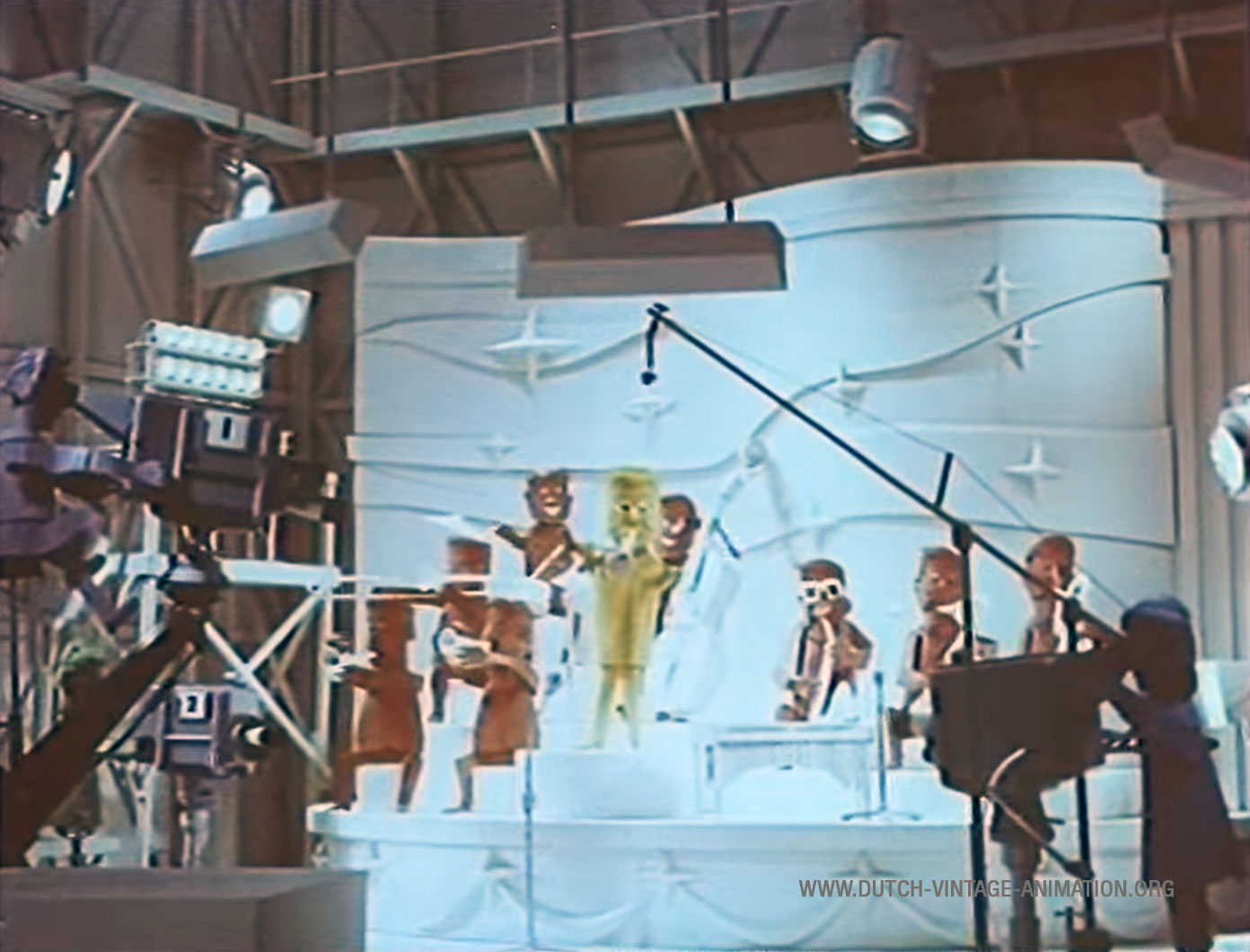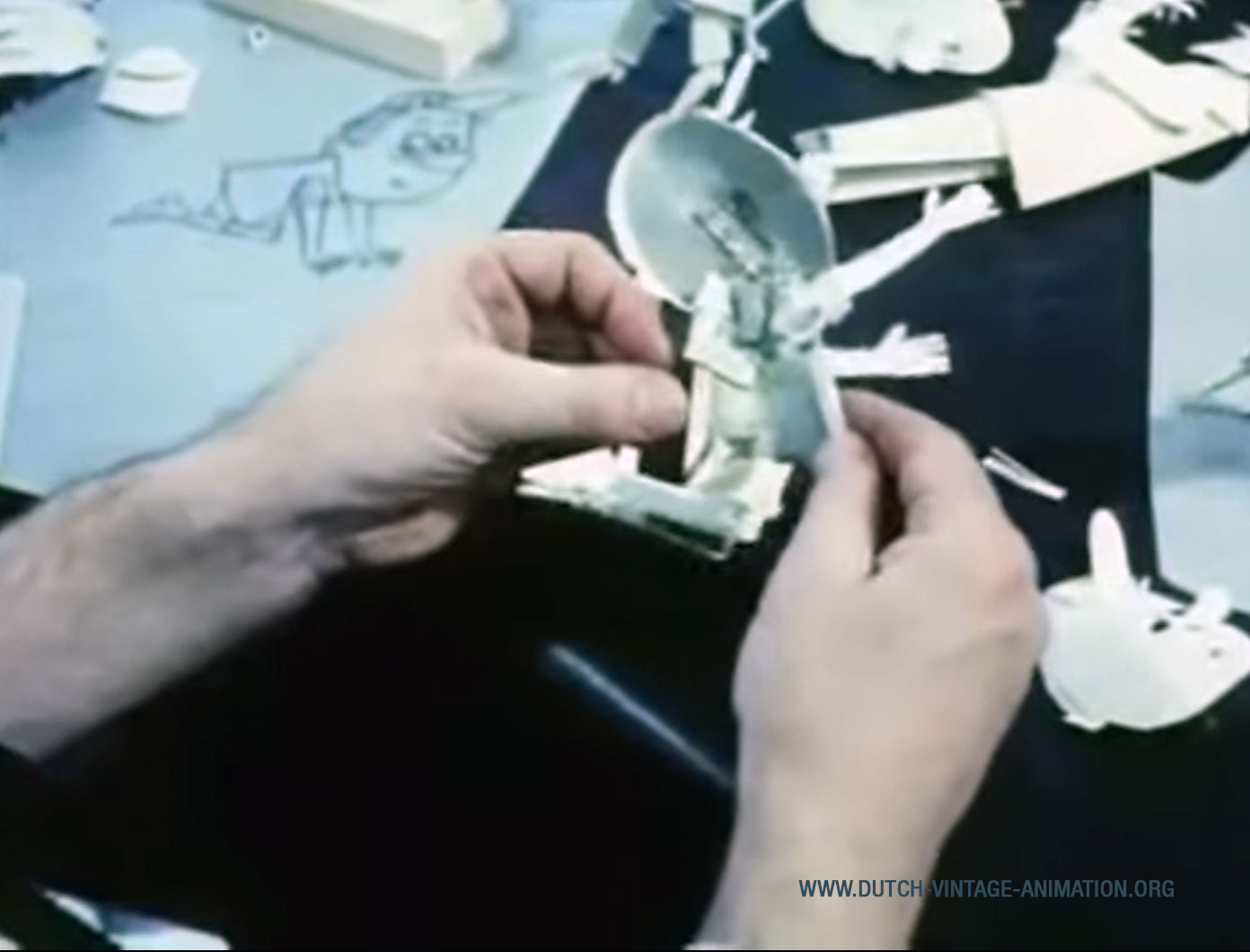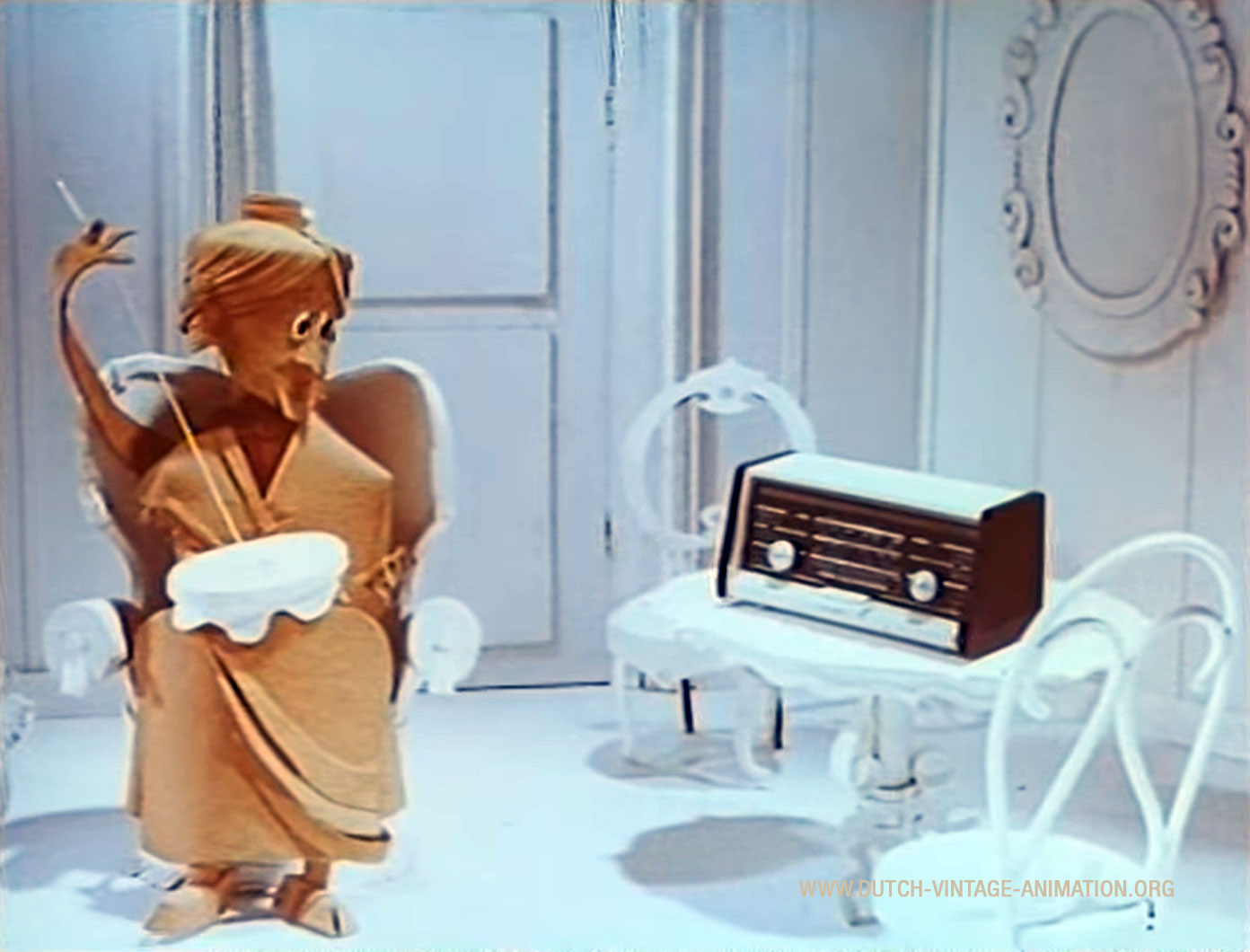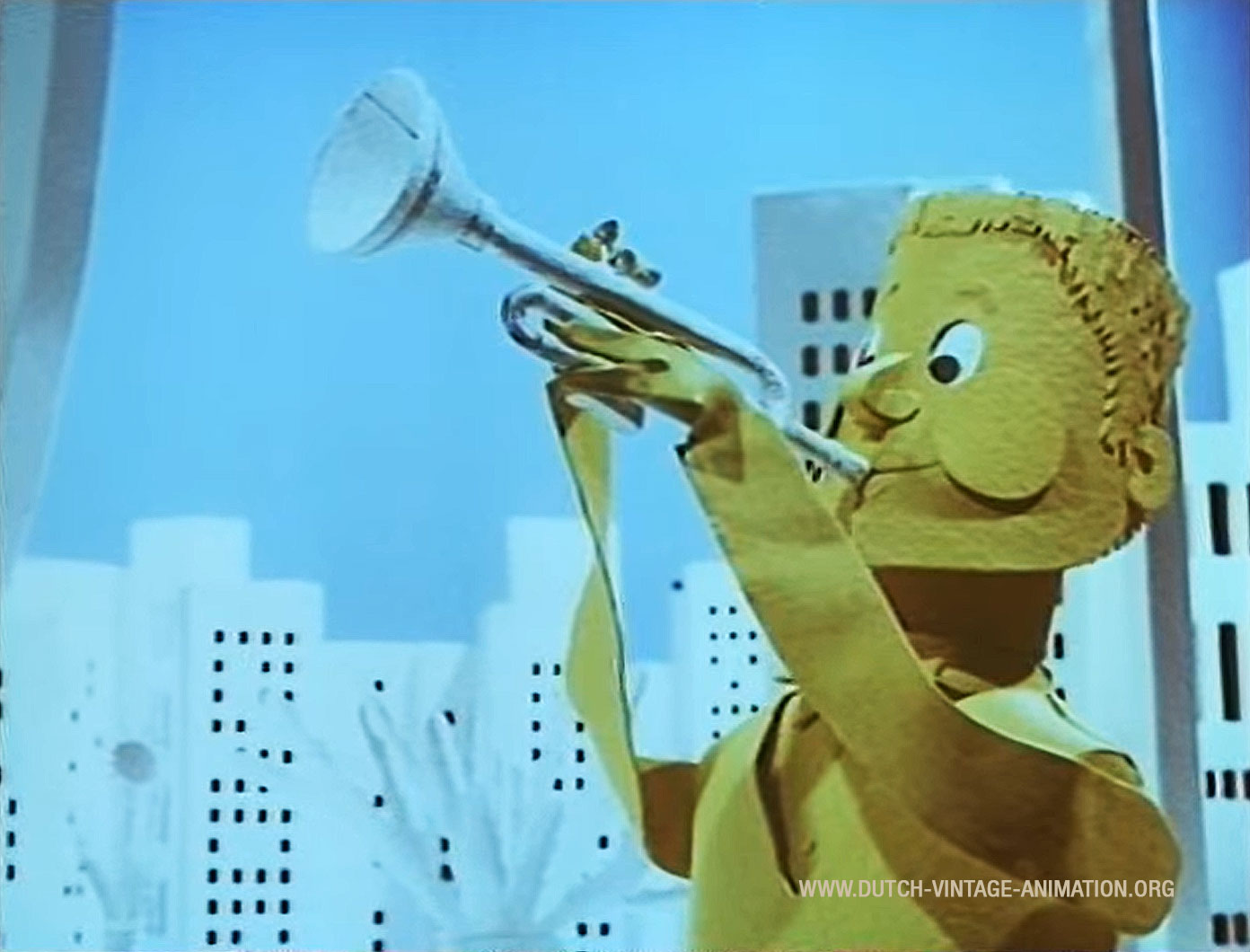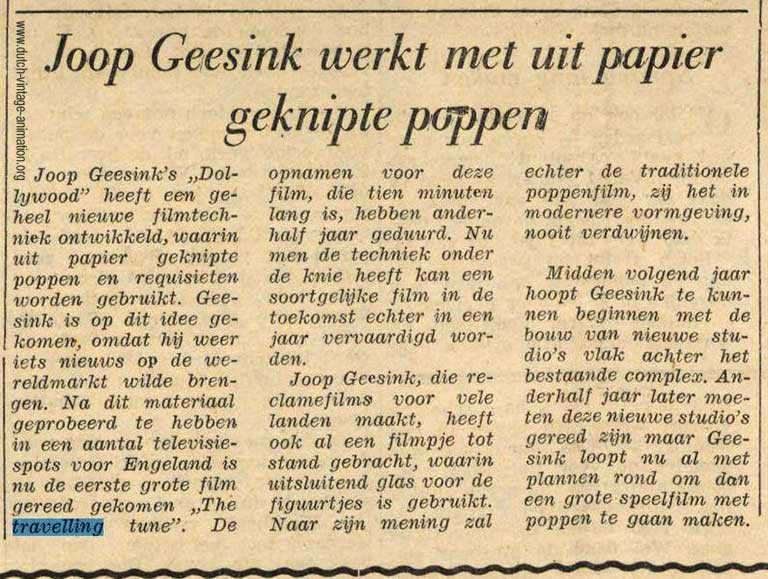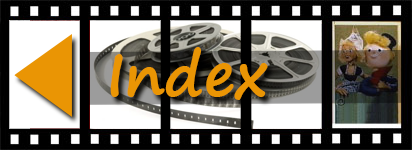In a paper puppet animation film The Traveling Tune shows a composer writing a melody. Thanks to radio and Philips music carriers, his music goes around the world.
Trivia
This is not the first animated film made with paper characters. However, in this particular expression it meant a significant boost for the Dollywood Studios. The "paper doll" received a warm welcome, resulting in many new assignments. No wonder, given the refreshing new style and cheaper production costs compared to traditional puppet film. The mastermind behind this new technique was Jacques van der Boom, whose name is not mentioned in the credits. Geesink preferred to keept the names of his creative key people out of the spotlight in order not to give the competition any ideas.
A few years earlier another filmmaker, Han van Gelder, had been experimenting with this technique. He did this for (Marten) Toonder Studios. Van Gelder made the paper puppet films Sunken Bells (1957) and From Inca time to Blooker Time (1958). Later Geesink came up with this concept.
Art director Max Keuris gave with his colour choices a style of his own to The Traveling Tune, which would return recognizably in other productions, such as in Quaker Oats (1963).
Secret
The secret of the paper dolls was that they were not made of paper but of thin sheet zinc. This was covered with paper. The thin zinc, joined with copper wire, provided the necessary stiff construction and also gave possibilities for flexible limbs. A consistent style was implemented in decors and attributes. Apparently for the viewer everything was made out of paper. The opening shot of a real hand with scissors and paper deliberately put the viewer on the wrong foot, as did the term paperdoll.
A year and a half
The production time of this film was one and a half year. Its success may also have been due to the music of André Popp, who previously produced the soundtrack for Piccolo, Saxo and Co (1958).
Credits
| Title: | The Traveling Tune | |
|---|---|---|
| Client: | Philips | |
| Year of Production: | 1961 | |
| Duration: | 10 minuten | |
| Art Direction: | Max Keuris | |
| Composer: | André Popp | |
| Animation: | Günter Mandl | |
| Camera: | Hans Kuiper | |
| Format: | 35 mm, Technicolor |
